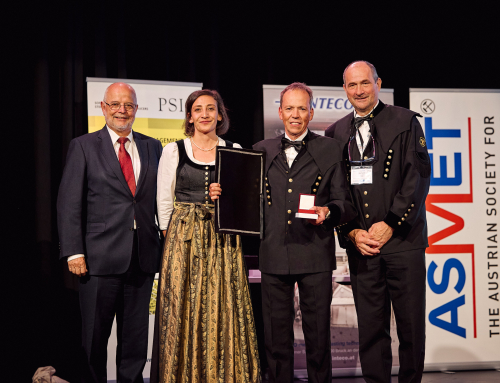CO2 reduction is becoming an increasingly pressing issue, also in the steel industry. What barriers need to be overcome? What changes need to be made?
Exactly these questions and more, will be answered this Thursday, 24.03. at 5.30 pm, by Univ.-Prof. Dipl.-Ing. Dr.techn. Johannes Schenk in his lecture:
- When: 24.03.2022, 5.30 pm
- Where: EVENT-LINK
- Event number: 2732 620 8914
- Event password: TripleN
Transformation to CO2-free steel production – challenges and opportunities
The raw material- and energy-intensive production of iron and steel is responsible for one third of global industrial greenhouse gas emissions. In terms of total emissions in CO2 equivilant, this is around 7% worldwide and as much as 17% in Austria. The Paris Agreement adopted in 2015 sets global targets for the reduction of greenhouse gas emissions. The European Union was the first major economic area to define concrete targets for CO2 emission reductions of 50% by 2030 and 80-95% by 2050 compared to the 1990 baseline. Other regions and countries followed suit or are in the process of defining such targets.
The global steel industry has also committed to reducing the carbon footprint from the operation of steel mills and the use of their products, including by-products. In the coming decades, measures and new technologies will have to be implemented to achieve the ambitious targets for carbon-free steel production. The European steel industry has already drawn up a roadmap for transforming its steel production to achieve the climate targets. This includes technological concepts for Carbon Direct Avoidance (CDA), Process Integration (PI) and Carbon Capture and Utilization (CCU). The parallel strategy of the circular economy aims at a “zero waste” concept and complements the above pathways as an overarching approach.
The challenges involved are the development of the new technologies to industrial maturity, the availability of large amounts of renewable energy, especially electrical energy, and the high financial cost of investing the new steelmaking facilities with the necessary infrastructure. If the transformation is successful, a substantial contribution can be made to the global climate problem. In addition, a self-sufficient supply of the steel industry with low-cost, renewable energy sources is achievable, which is a competitive advantage for the locations.






